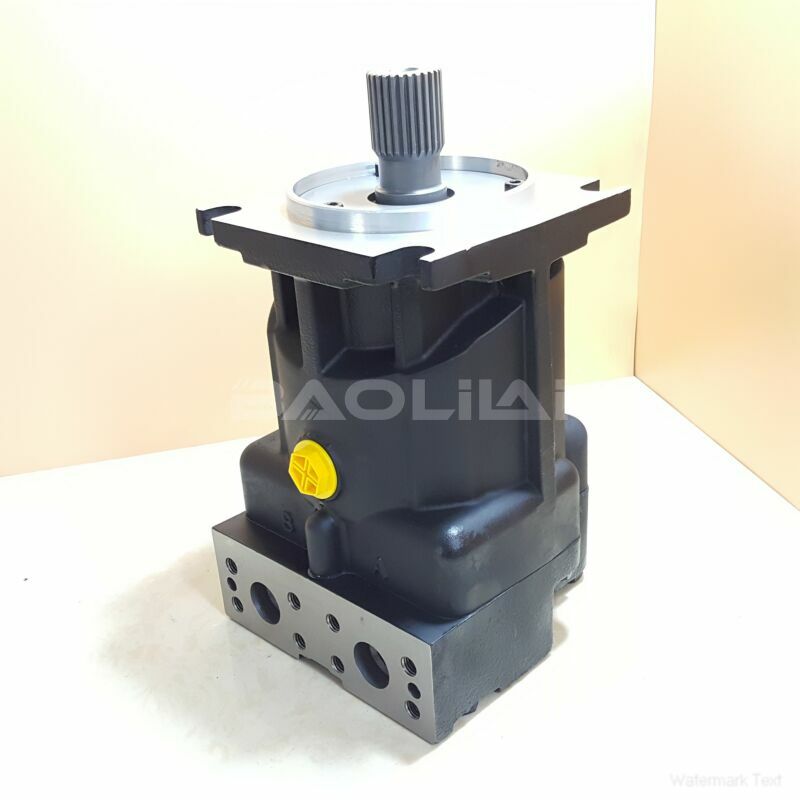90K055NC0N7N0S1W00EBA0000A3 sauer danfoss motor
90K055NC0N7N0S1W00EBA0000A3 sauer danfoss motor

- Product Details
- Applicable Scene
In today’s rapidly advancing technological landscape, high voltage motors play a crucial role in various industries, from manufacturing to energy production. As demand for efficiency and sustainability increases, innovations in high voltage motor design become imperative. This article explores several cutting-edge developments aimed at enhancing the performance of high voltage motors.
90-K-055-NC-0-N-7-N-0-S1-W-00-EBA-00-00-A3
90K055NC0N7N0S1W00EBA0000A3
One significant innovation in high voltage motor design is the integration of advanced materials. Traditional motors often rely on copper windings, which can be efficient but also heavy and expensive. Recent advancements in superconducting materials have made it possible to create motors that operate at much higher efficiencies with significantly reduced weight. By utilizing materials that allow for zero electrical resistance at low temperatures, these superconducting motors can achieve much higher performance levels while consuming less energy.

11158135
Another area of innovation is the use of digital technologies and smart sensors in high voltage motor systems. By embedding IoT (Internet of Things) technology into motor designs, manufacturers can monitor real-time performance data, allowing for predictive maintenance and optimized operational efficiency. Smart sensors can detect anomalies and deviations in performance, enabling operators to address issues before they lead to significant failures. This not only increases the lifespan of the motors but also enhances overall productivity within industrial processes.
Furthermore, advancements in cooling techniques are pivotal for improving the performance of high voltage motors. Traditional cooling methods often involve air cooling, which can limit the motor’s efficiency due to temperature fluctuations. Newer designs incorporate liquid cooling systems that maintain optimal operating temperatures, allowing motors to function at higher power outputs without overheating. This innovation is particularly beneficial in applications that demand continuous operation under heavy loads, such as in heavy machinery or marine propulsion.





